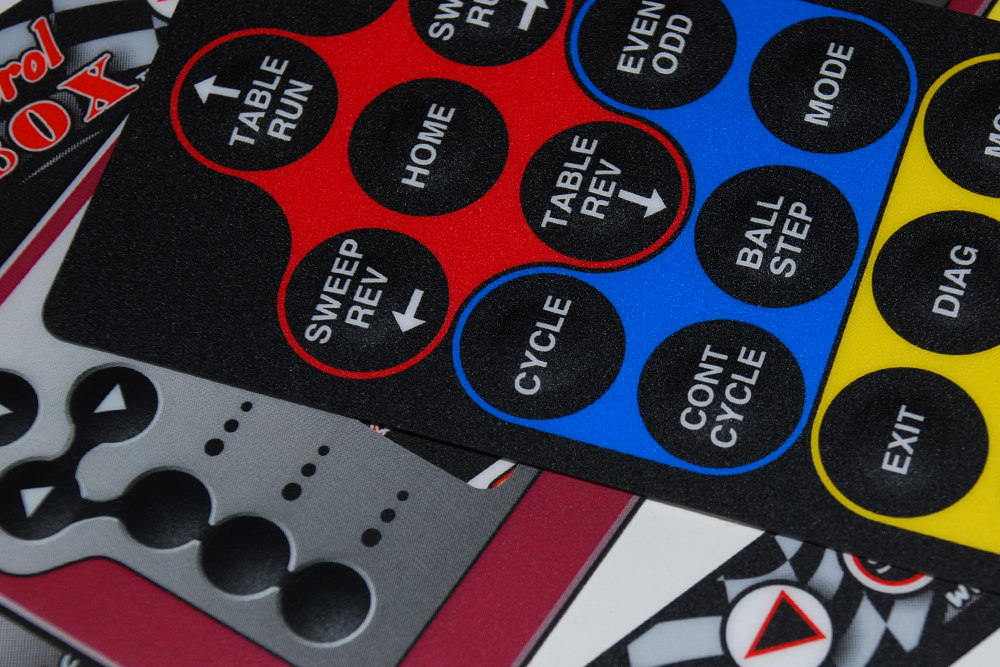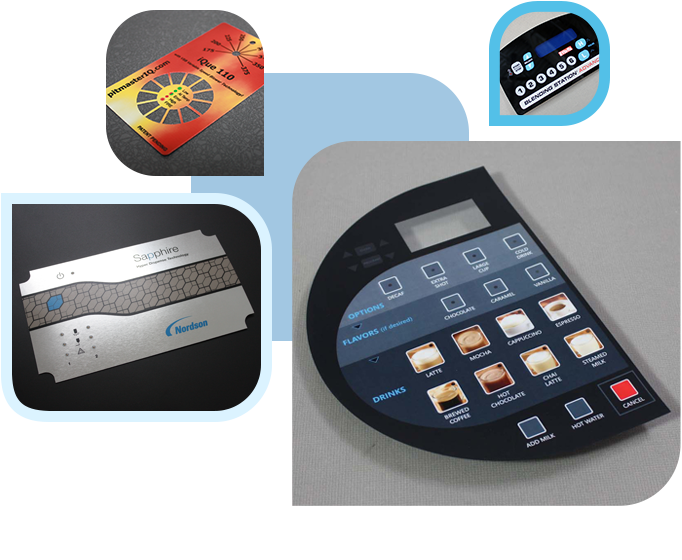How to Choose the Right Graphic Overlays for Various Uses
How to Choose the Right Graphic Overlays for Various Uses
Blog Article
Comprehending Just How Graphic Overlays Job to Improve Your Creative Tasks
Graphic overlays act as an essential component in the realm of imaginative tasks, boosting both visual interaction and audience involvement. By understanding their functionality and potential applications, one can successfully boost not just the aesthetic allure however additionally the clarity of complicated info. However, the effective combination of these overlays needs mindful consideration of design concepts and purposes. As we discover the different kinds and best techniques, it becomes noticeable that the best technique can dramatically influence project end results, leaving us to contemplate exactly how to harness these tools for optimal influence.
What Are Graphic Overlays?
Graphic overlays are visual elements that are positioned on top of a base picture or user interface to improve interaction and user experience. They offer numerous purposes, consisting of giving added info, assisting customer interaction, and enhancing aesthetic appeal. Usual applications of graphic overlays can be found in electronic user interfaces, advertising and marketing, and instructional materials.

Graphic overlays are often developed making use of design software, allowing developers to adjust openness, dimension, and shade to attain the desired impact. Understanding exactly how to effectively carry out visuals overlays is critical for developers aiming to raise their imaginative projects.

Benefits of Utilizing Graphic Overlays
Making use of visuals overlays can substantially enhance the effectiveness of aesthetic communication across various mediums. Among the key advantages is the capacity to convey intricate info succinctly. By layering graphics, text, and pictures, overlays assist in the presentation of data in a more absorbable style, making it simpler for audiences to comprehend key ideas rapidly.
Furthermore, visuals overlays can improve visual charm, attracting interest to specific components within a design. This is especially advantageous in advertising and marketing, where catching the audience's interest is extremely important. The strategic use colors, shapes, and typography in overlays can develop a appealing and natural aesthetic story, improving brand name recognition.
In addition, visuals overlays give flexibility in design. They permit developers to adapt material for various systems without going back to square one, ensuring uniformity across various channels. This adaptability is crucial in today's digital landscape, where content has to be optimized for varied gadgets and styles.
Types of Graphic Overlays
When taking into consideration the various kinds of graphic overlays, it is important to acknowledge their diverse applications across different industries. Graphic overlays can be categorized primarily into three kinds: useful, ornamental, and educational.
Functional overlays are created to improve the use of a product. Frequently discovered in digital devices, these overlays commonly provide responsive comments through increased switches or textured surfaces, boosting customer communication. They can also function as a safety layer, protecting the underlying the original source parts from wear and tear.
Attractive overlays focus on visual enhancement, enabling brands to express their identification with lively styles and custom graphics. These overlays prevail in product packaging, advertising and marketing, and point-of-sale products, where visual charm is critical for attracting consumers.
Informational overlays, on the other hand, are utilized to convey important information or instructions. They can be seen in applications such as signs, individual handbooks, and training graphics, where quality and readability are paramount.
Each kind of graphic overlay serves an one-of-a-kind function, adding to the general performance of imaginative jobs while addressing certain needs within numerous industries. Comprehending these distinctions is essential for choosing the ideal overlay for your project.
Best Practices for Implementation
To guarantee the successful application of graphic overlays, it is vital to develop a clear understanding of the task's goals and the certain needs of the end-users. Begin by conducting detailed study to determine the target audience and their choices, as this will certainly inform style selections and capability.
Next, create a comprehensive strategy that details the overlay's design, function, and integration procedure. This plan should include individual interface factors to consider, ensuring that overlays boost as opposed to obstruct the customer experience - Graphic Overlays. Preserve and take into consideration the visual power browse around these guys structure uniformity in layout aspects, such as shade fonts, systems, and icons, to promote brand coherence
Checking is crucial; collect feedback from a representative sample of users to recognize prospective problems and areas for renovation. Iterate on the design based on individual input and efficiency data. Additionally, ensure compatibility across numerous tools and systems to maximize availability.
Devices for Developing Overlays
Developing reliable graphic overlays calls for the right tools to translate layout ideas right into functional applications. Different software and systems are readily available, each customized to certain demands and skill degrees.
Adobe Photoshop and Illustrator are sector criteria, supplying considerable capabilities for developing and manipulating overlays. These devices offer sophisticated functions such as layer monitoring, mixing modes, and vector graphics, enabling designers to develop complex and high-quality overlays.
For those looking for a much more straightforward strategy, Canva and Figma are excellent alternatives (Graphic Overlays). Canva's instinctive interface permits users to produce overlays promptly utilizing pre-designed design templates, while Figma promotes collective design in real-time, making it perfect for groups
Additionally, open-source options like GIMP and Inkscape provide durable functionalities without the associated expenses of proprietary software. These tools permit adaptability in design and can fit numerous documents formats, guaranteeing compatibility across different systems.

Conclusion
In verdict, graphic overlays serve as effective devices for enhancing imaginative projects by supplying aesthetic clarity, visual allure, and brand uniformity. By understanding the basic concepts and advantages associated with graphic overlays, designers can considerably improve the high quality and performance of their visual communications.
Graphic overlays offer as an essential component in the world of imaginative jobs, improving both aesthetic interaction and audience engagement.Graphic overlays are commonly produced using layout software program, enabling designers to manipulate shade, transparency, and dimension to attain the preferred impact.In addition, visuals overlays can increase visual appeal, attracting attention to specific components within a see it here style.Additionally, graphic overlays give versatility in layout.In conclusion, graphic overlays offer as effective tools for boosting creative projects by providing aesthetic clarity, visual charm, and brand name consistency.
Report this page